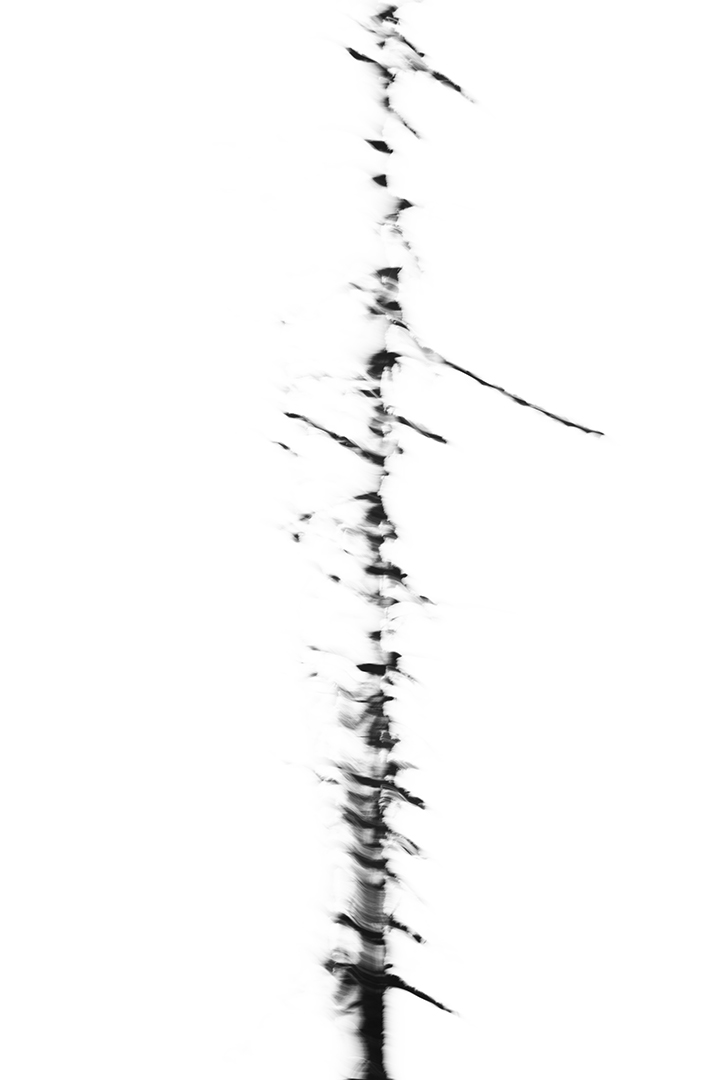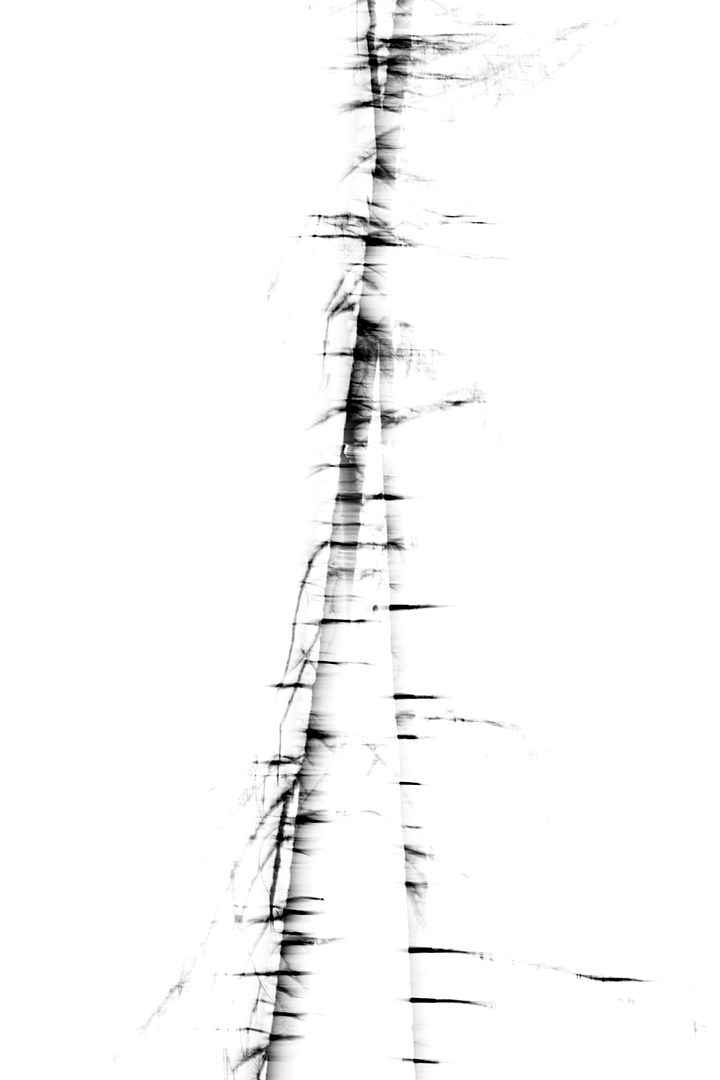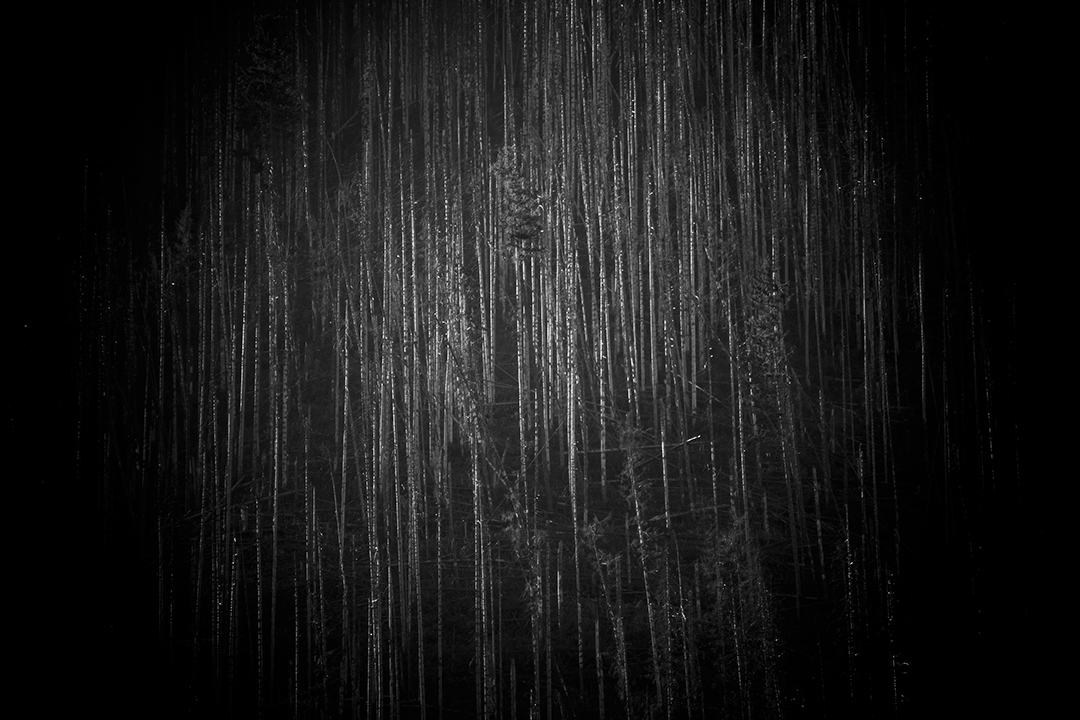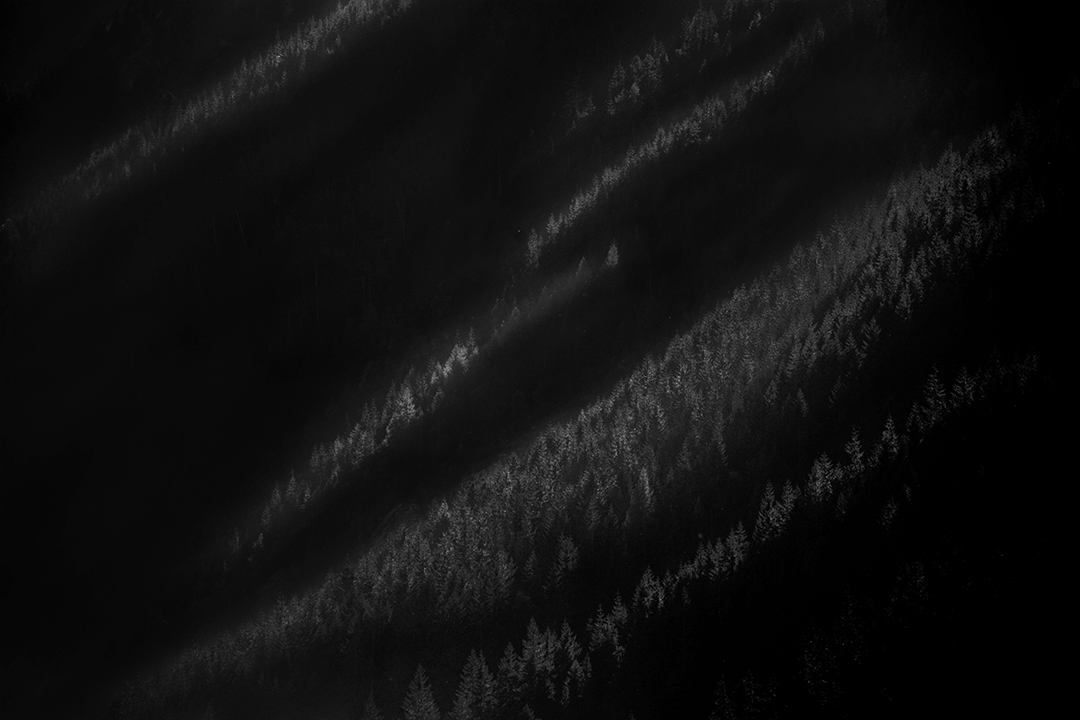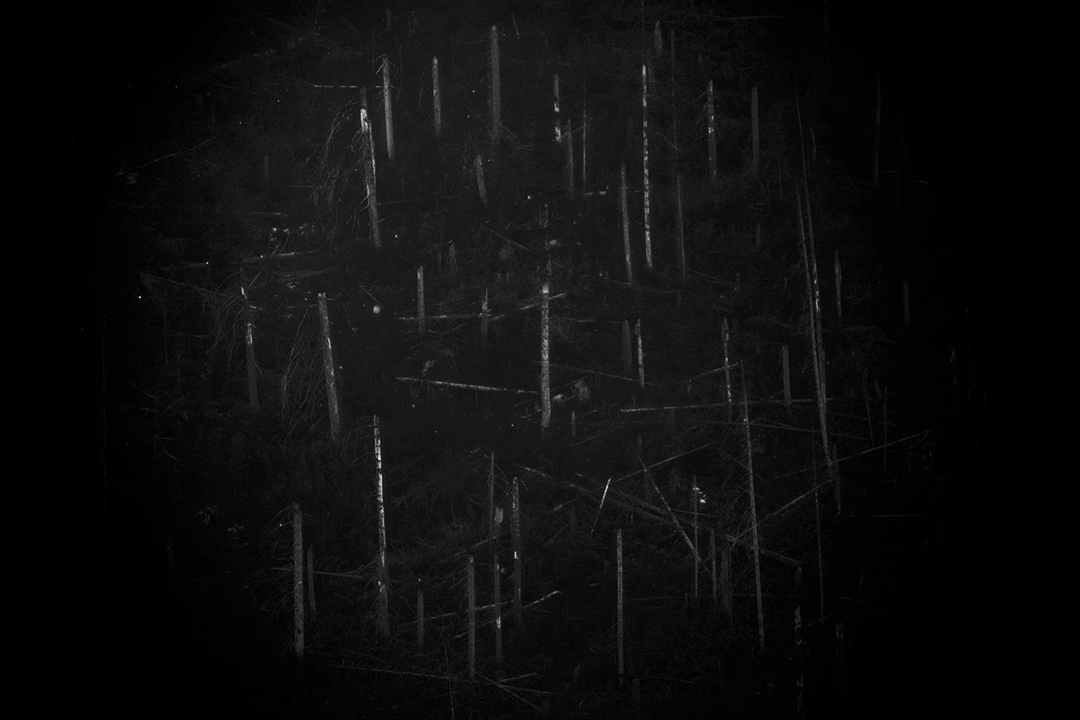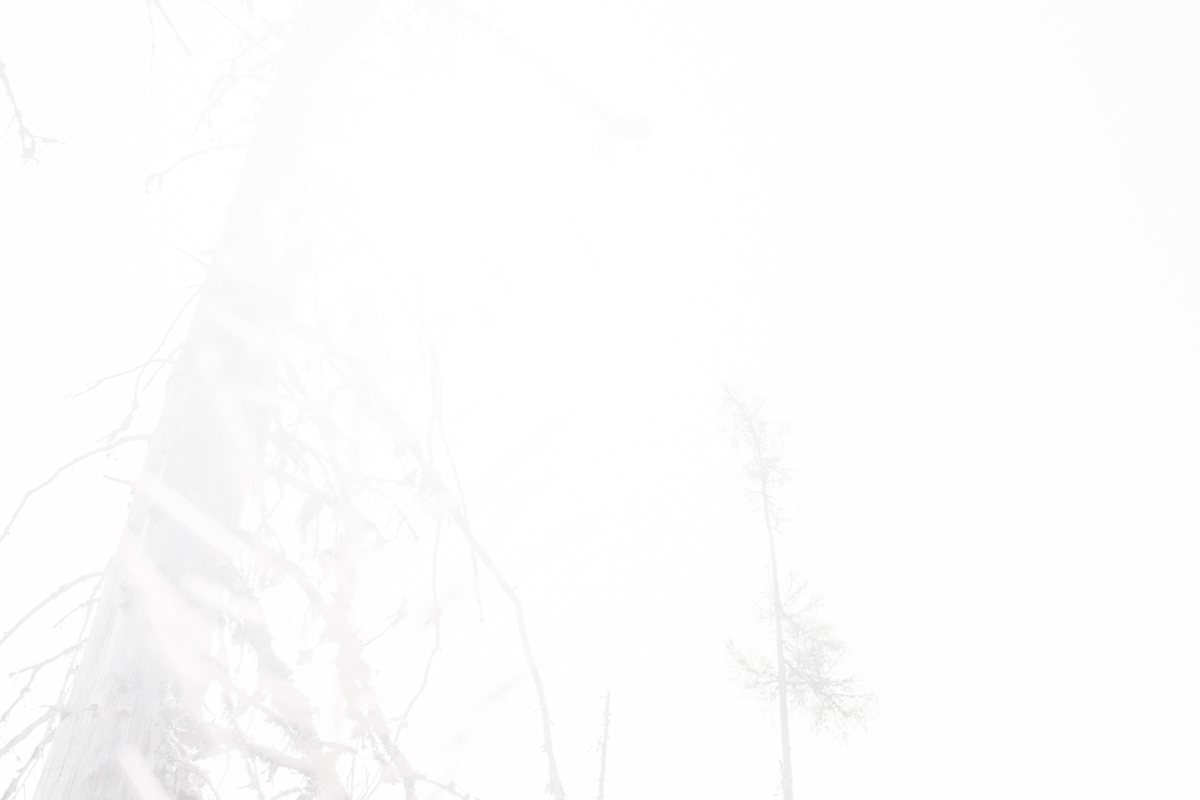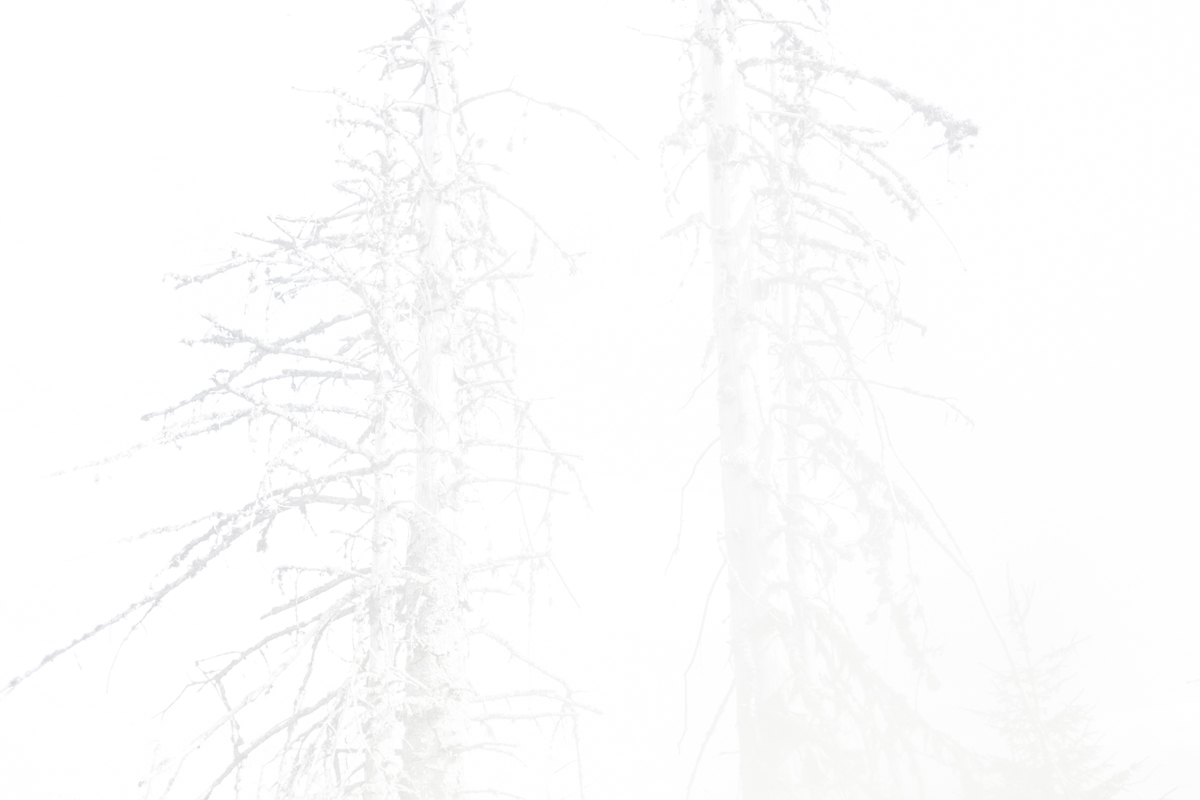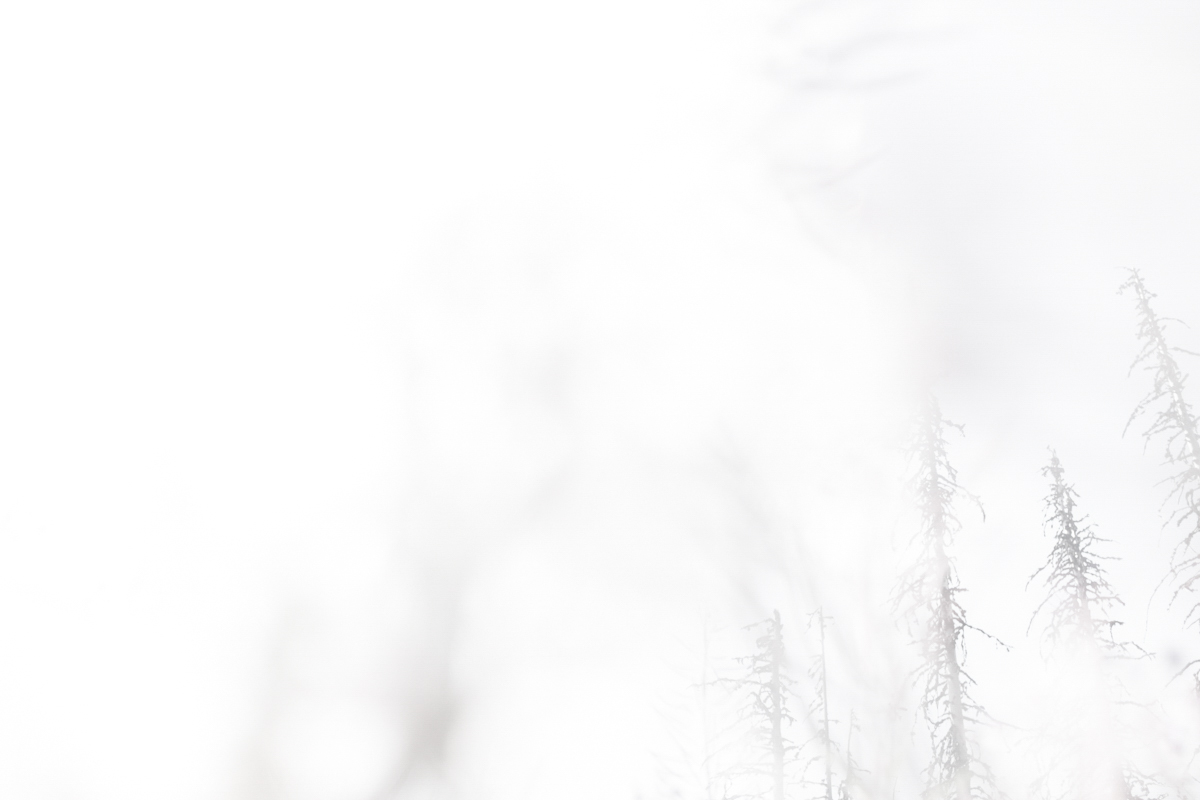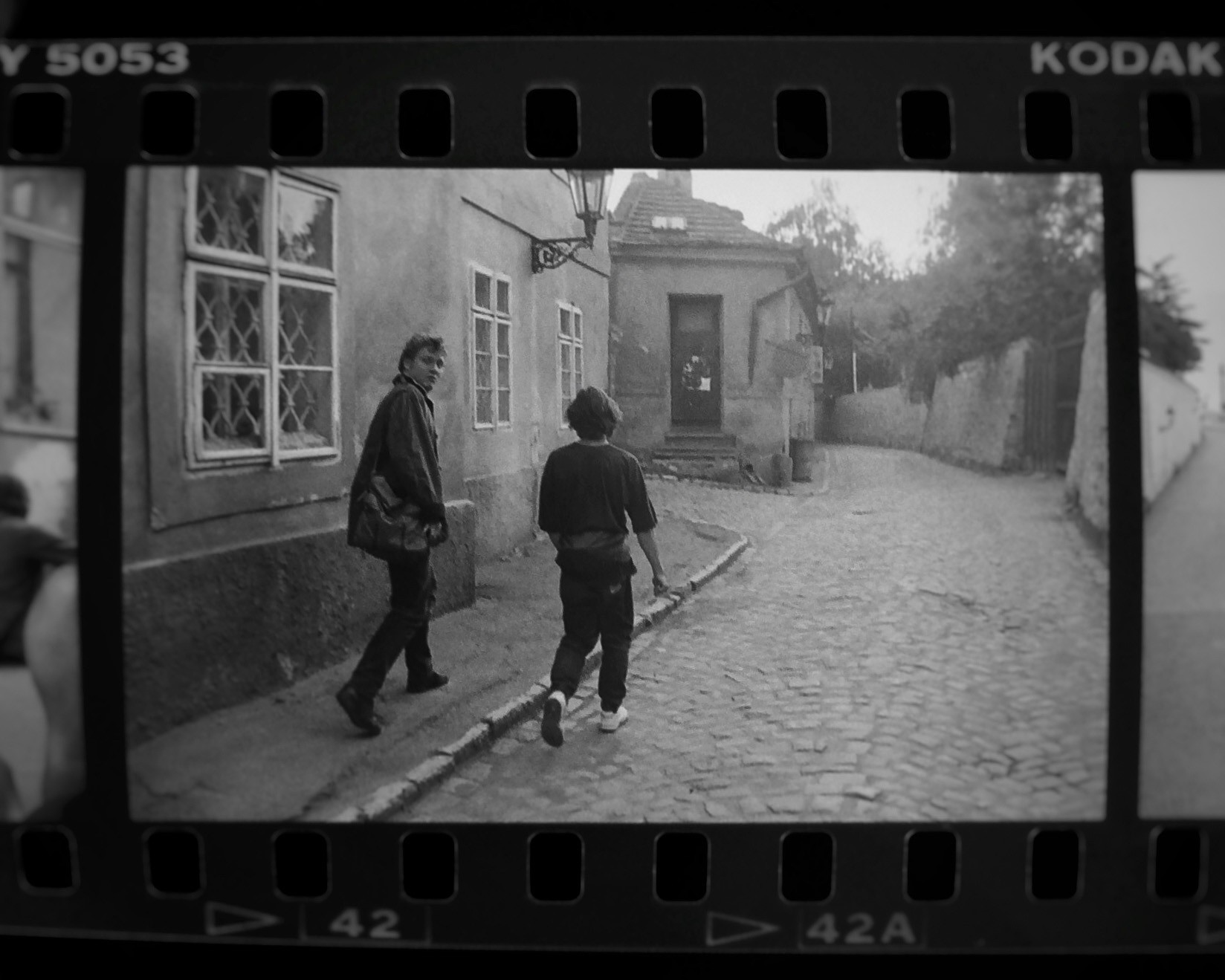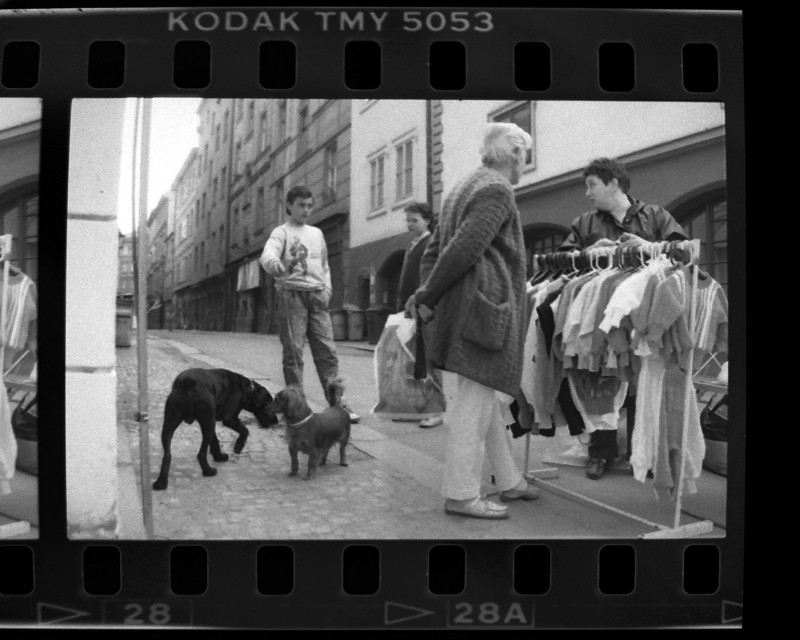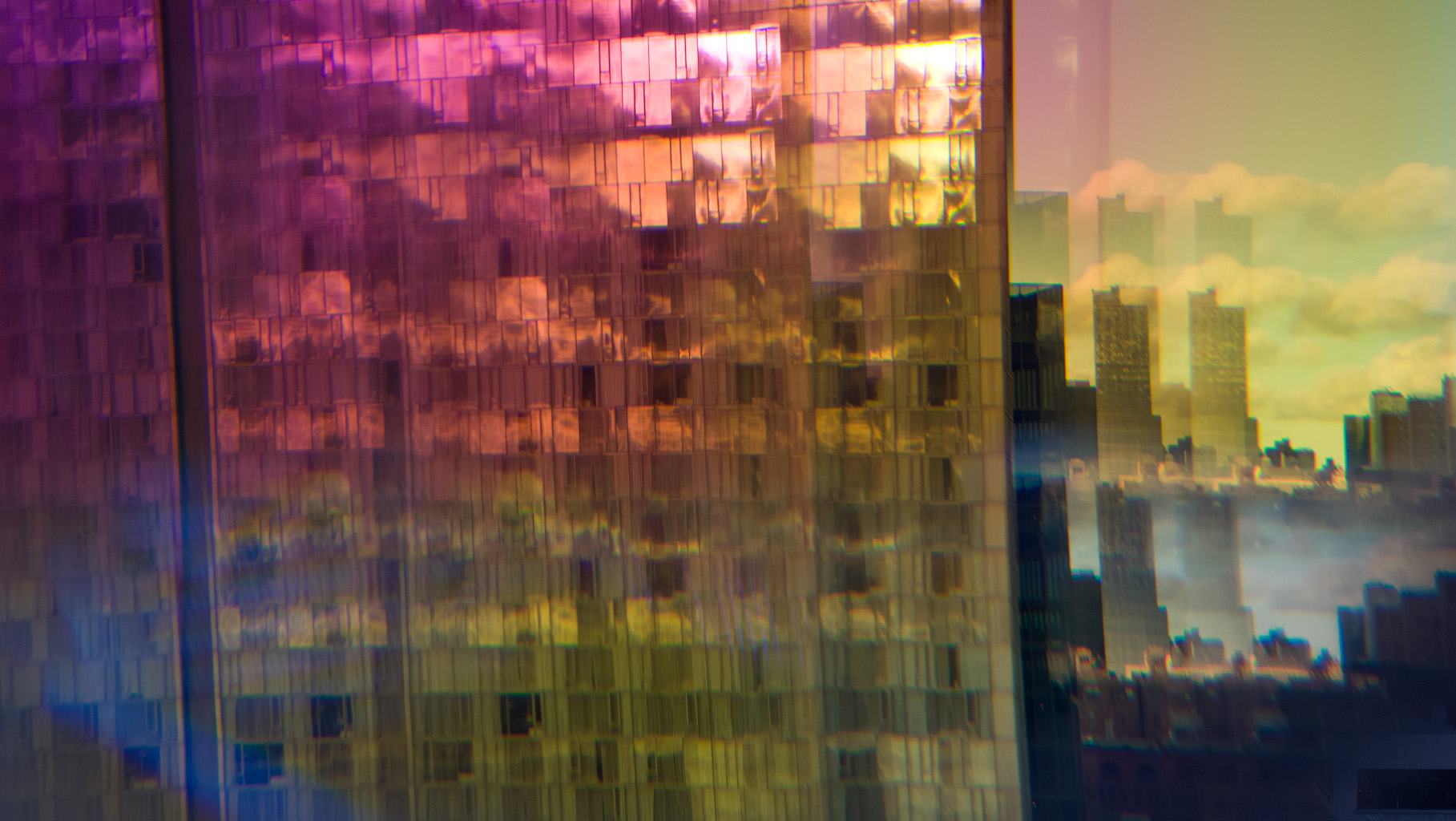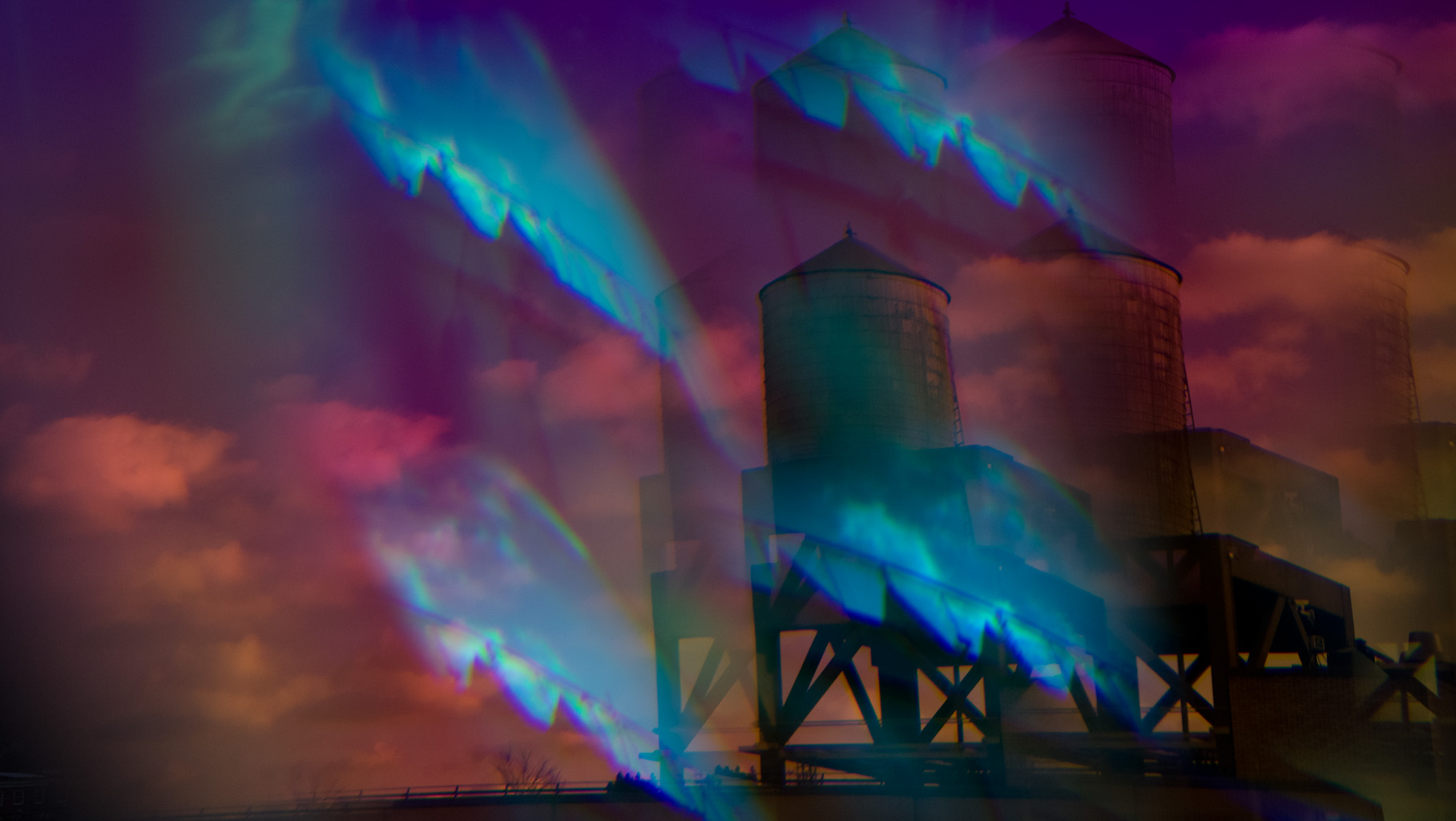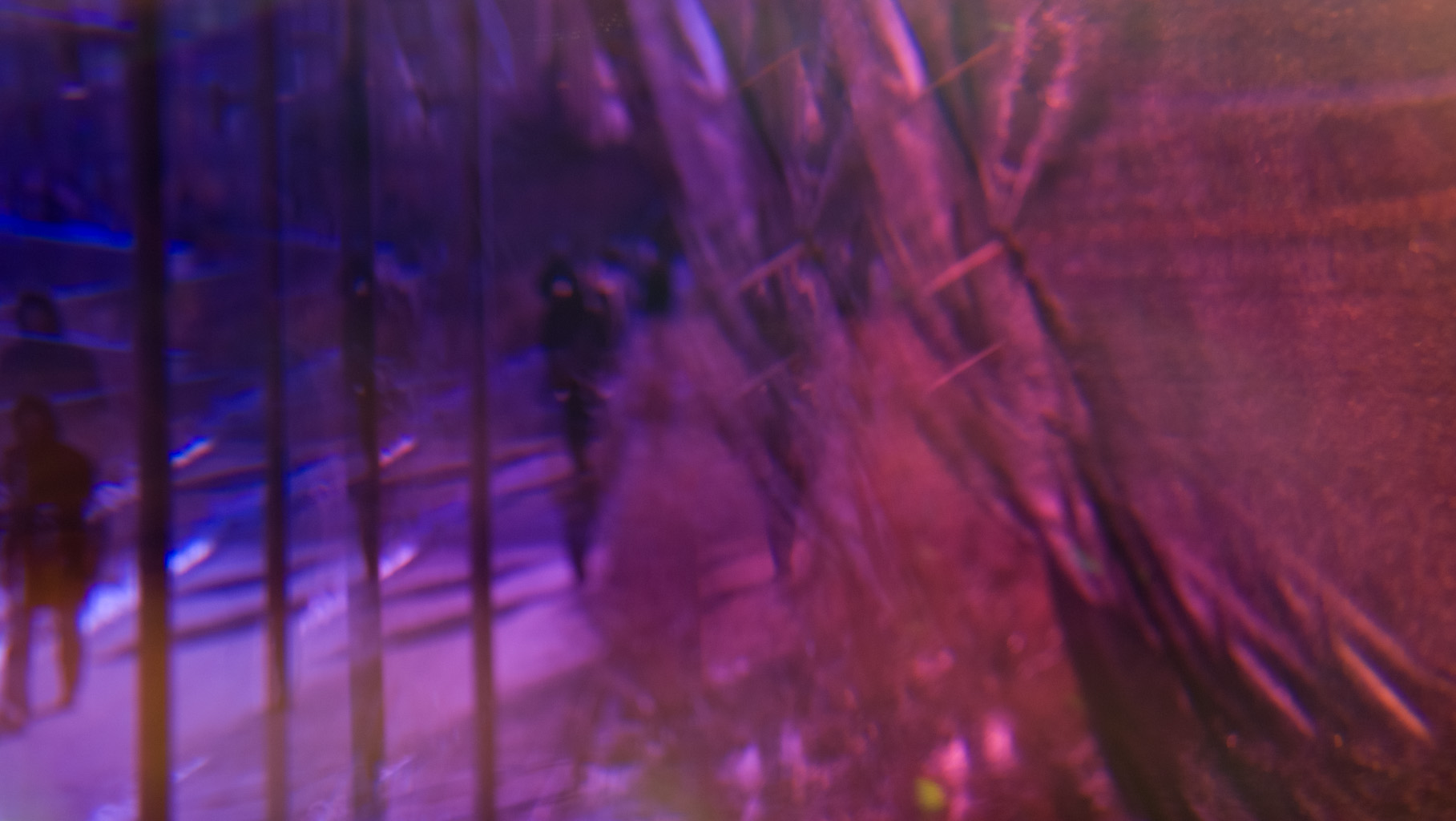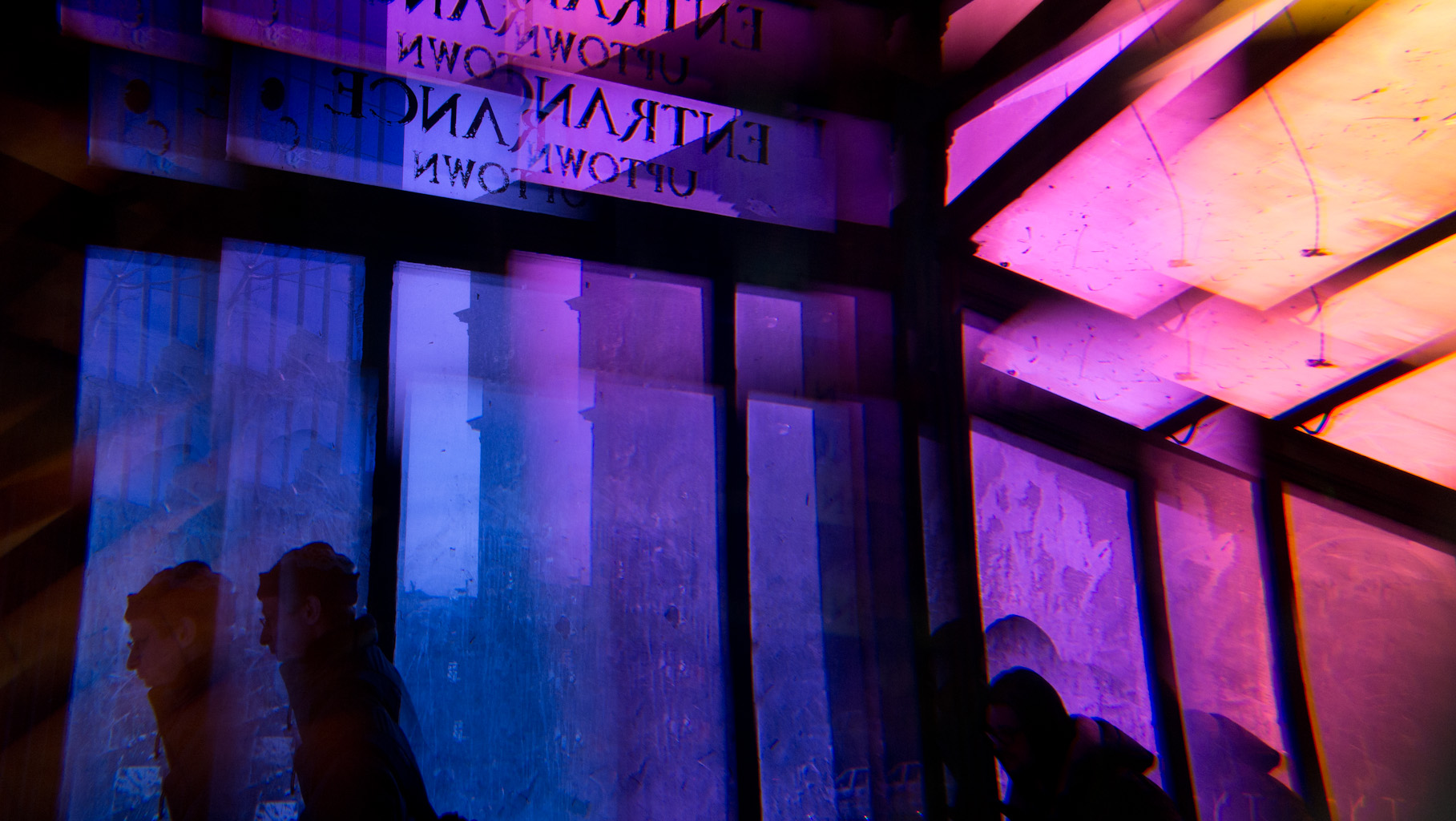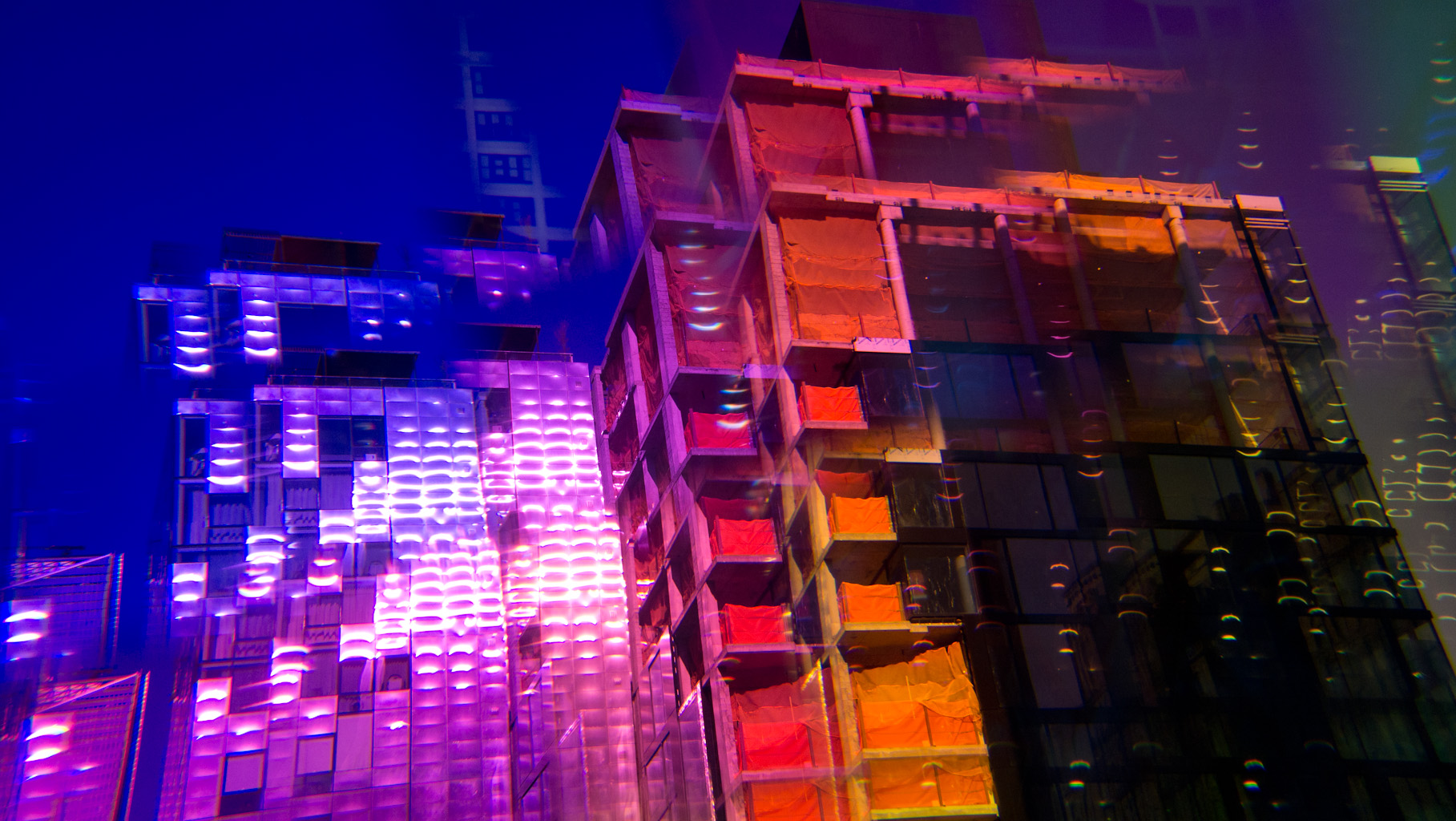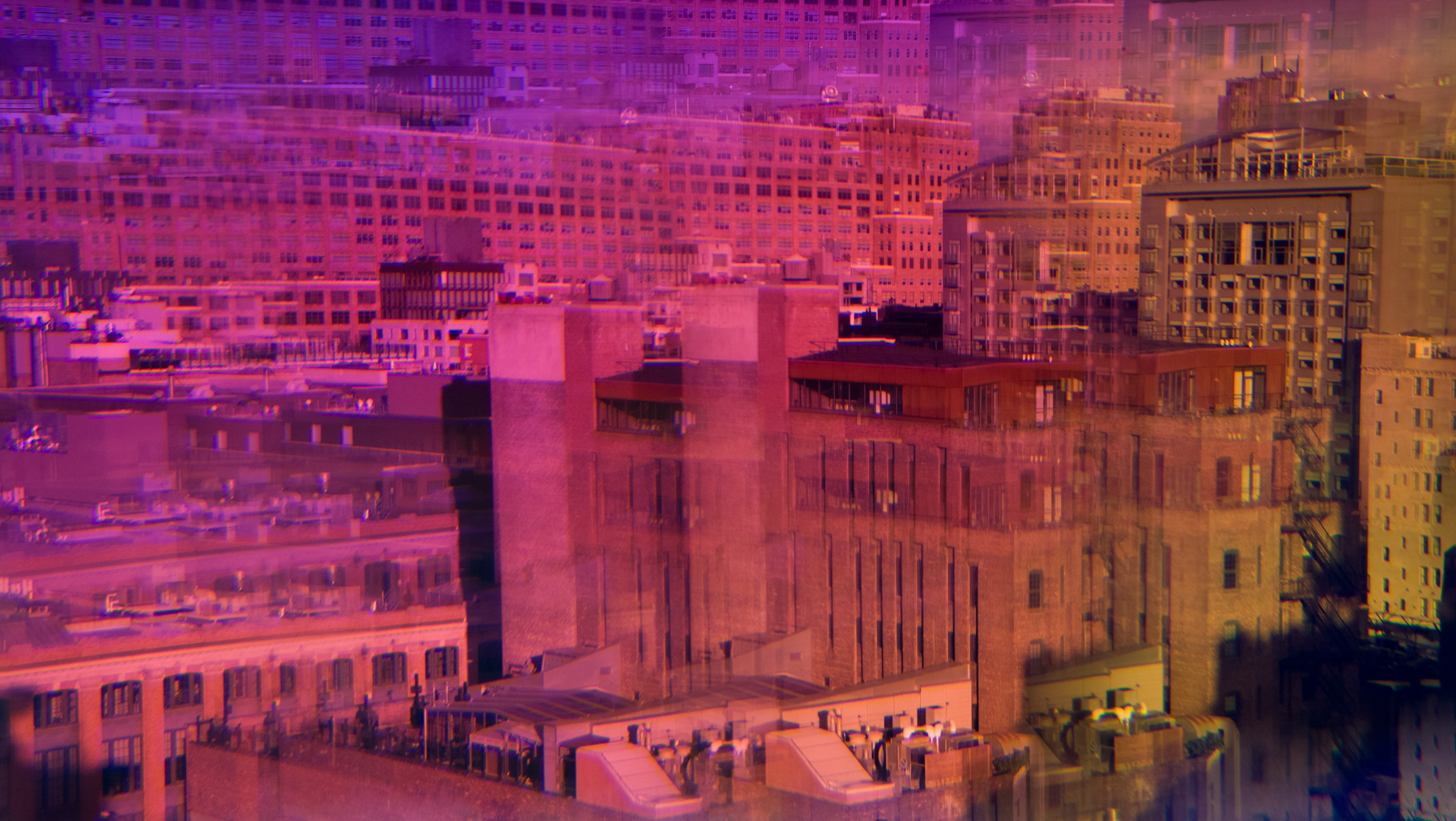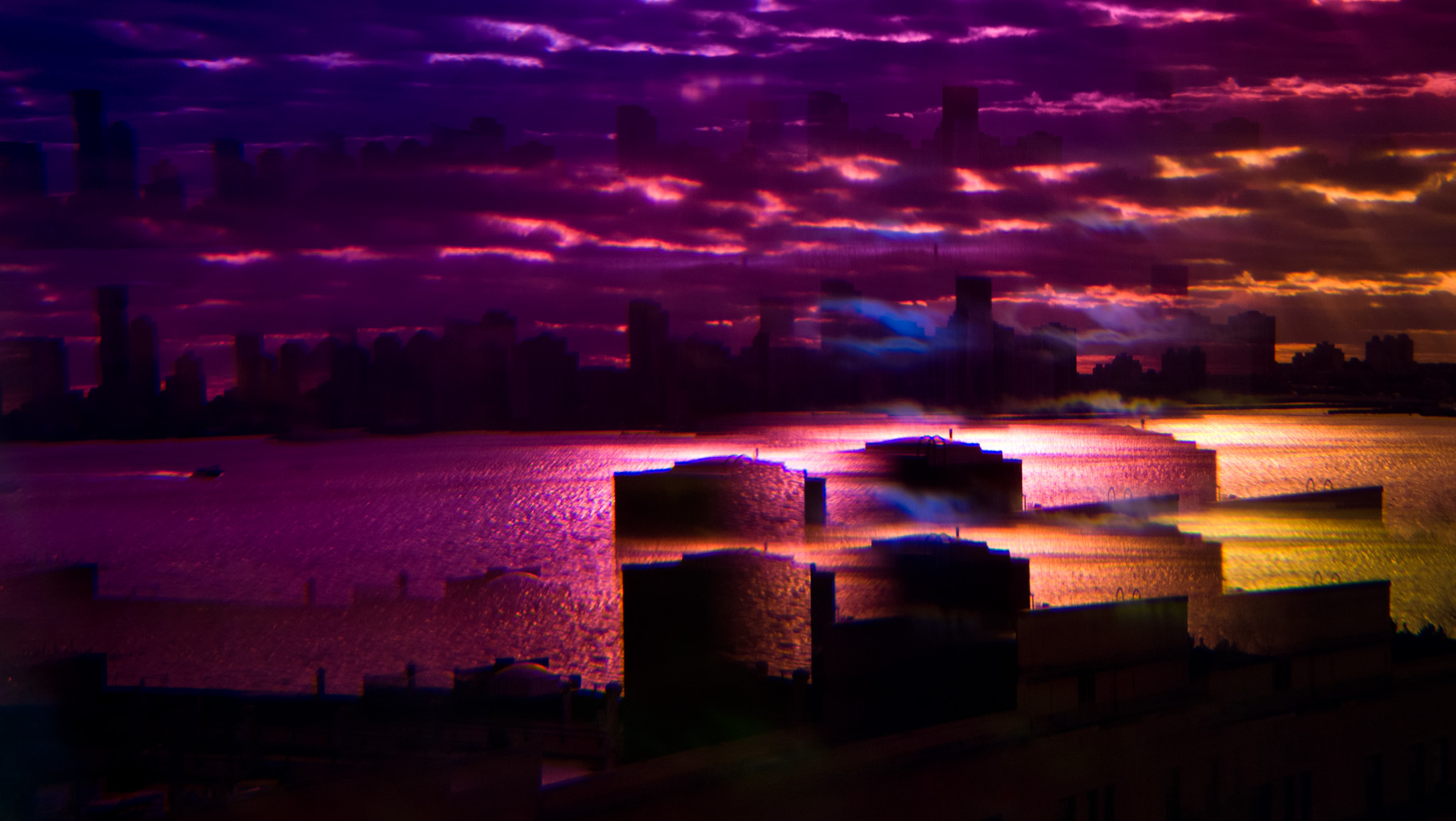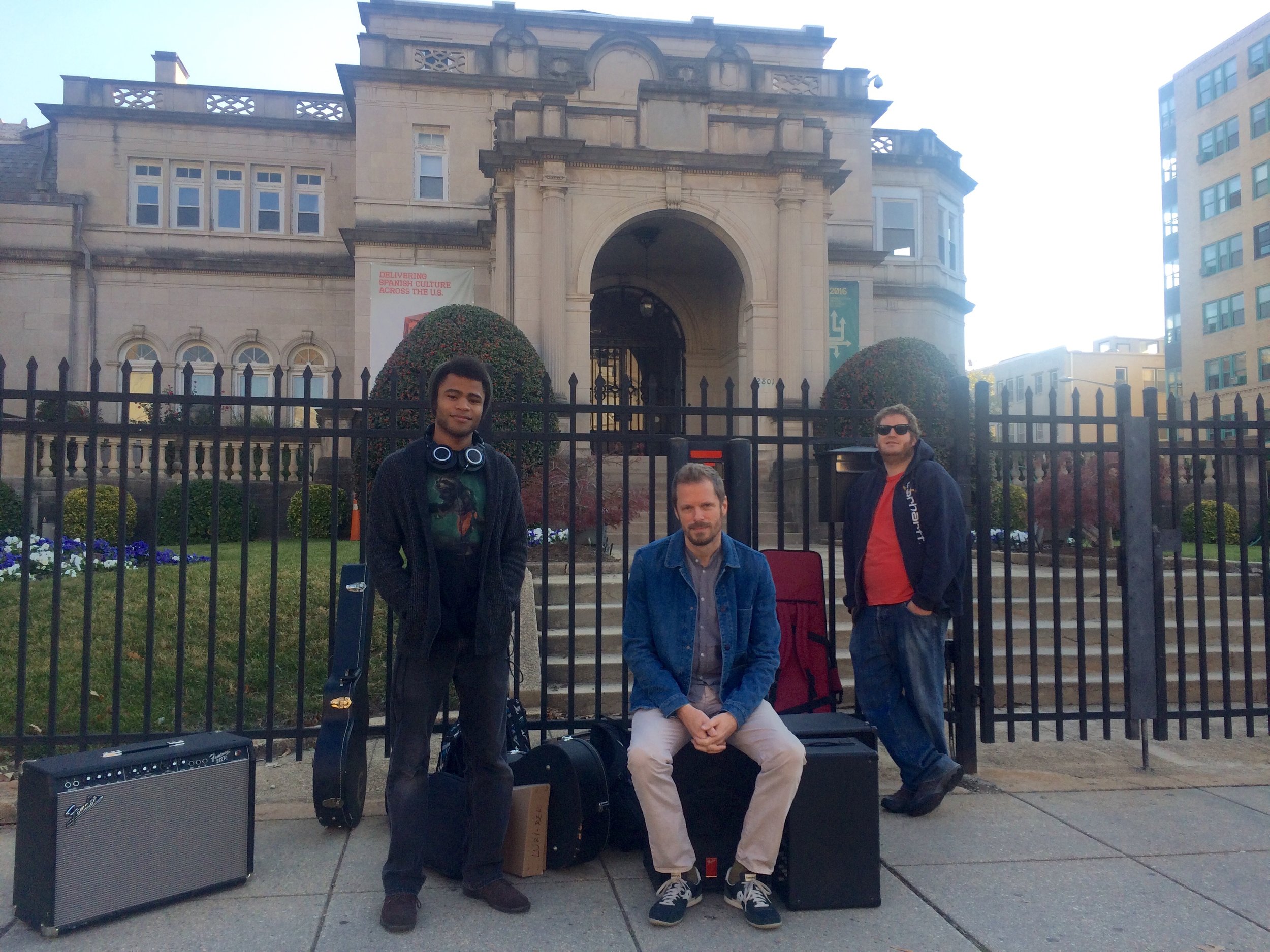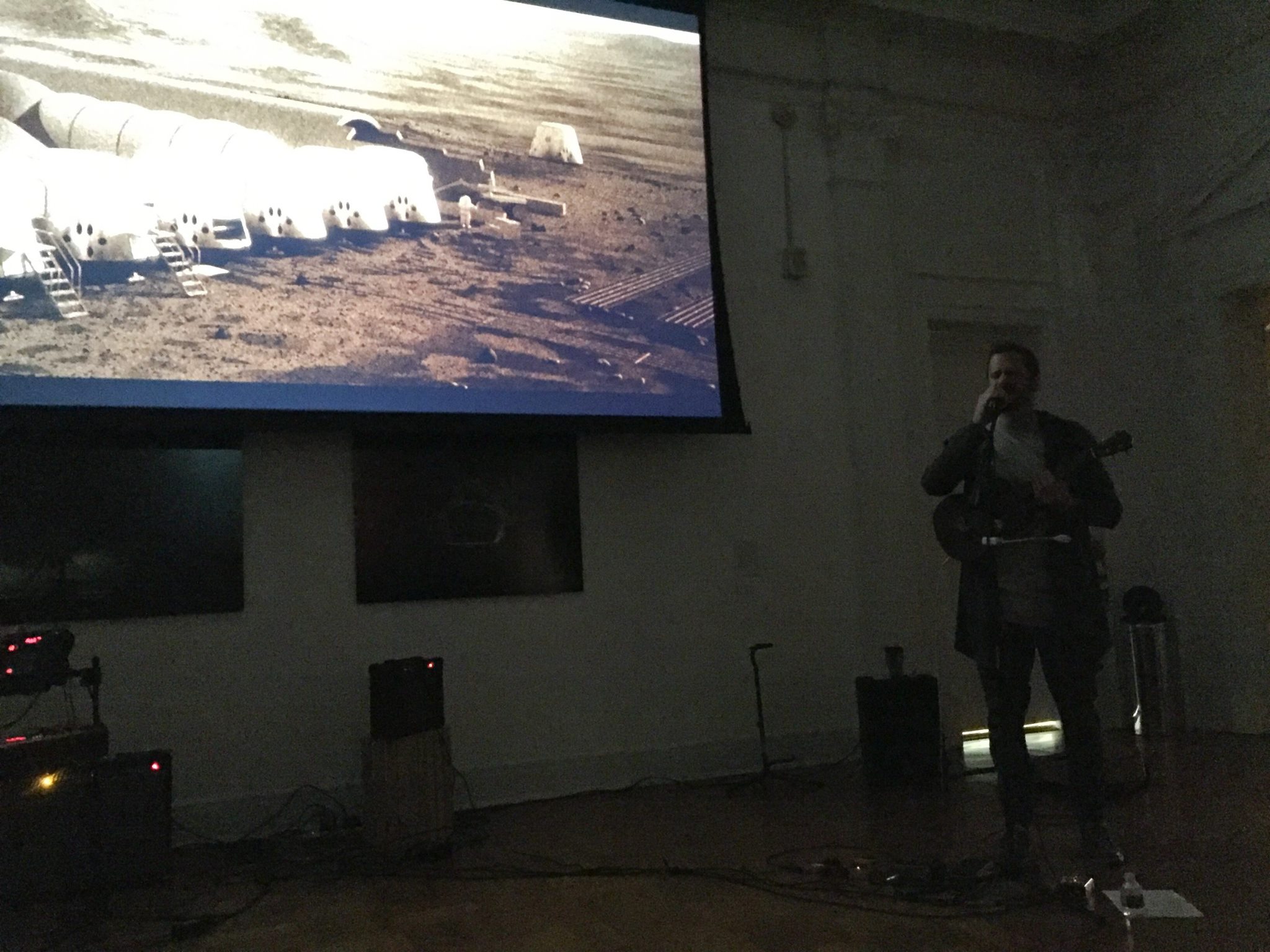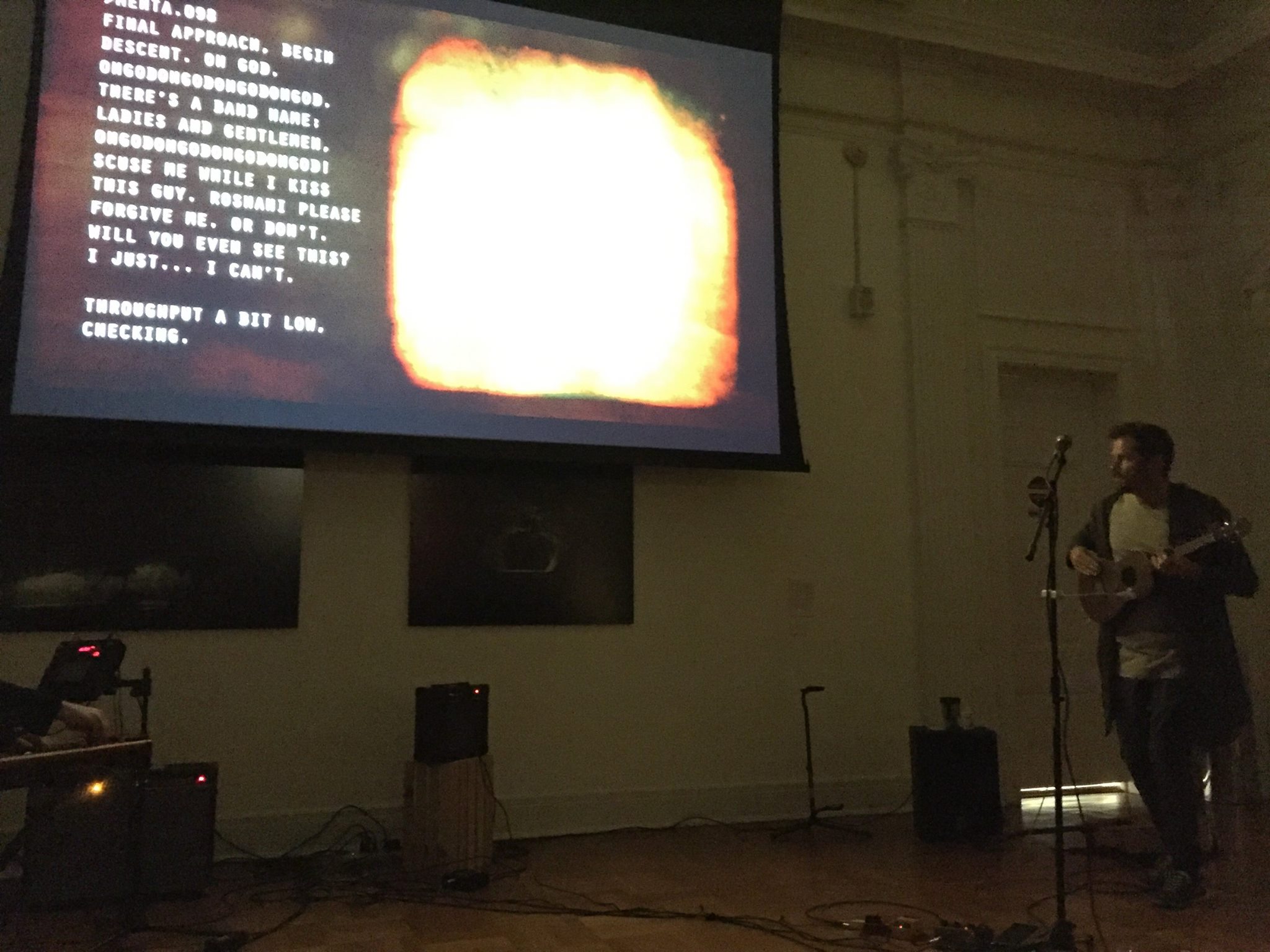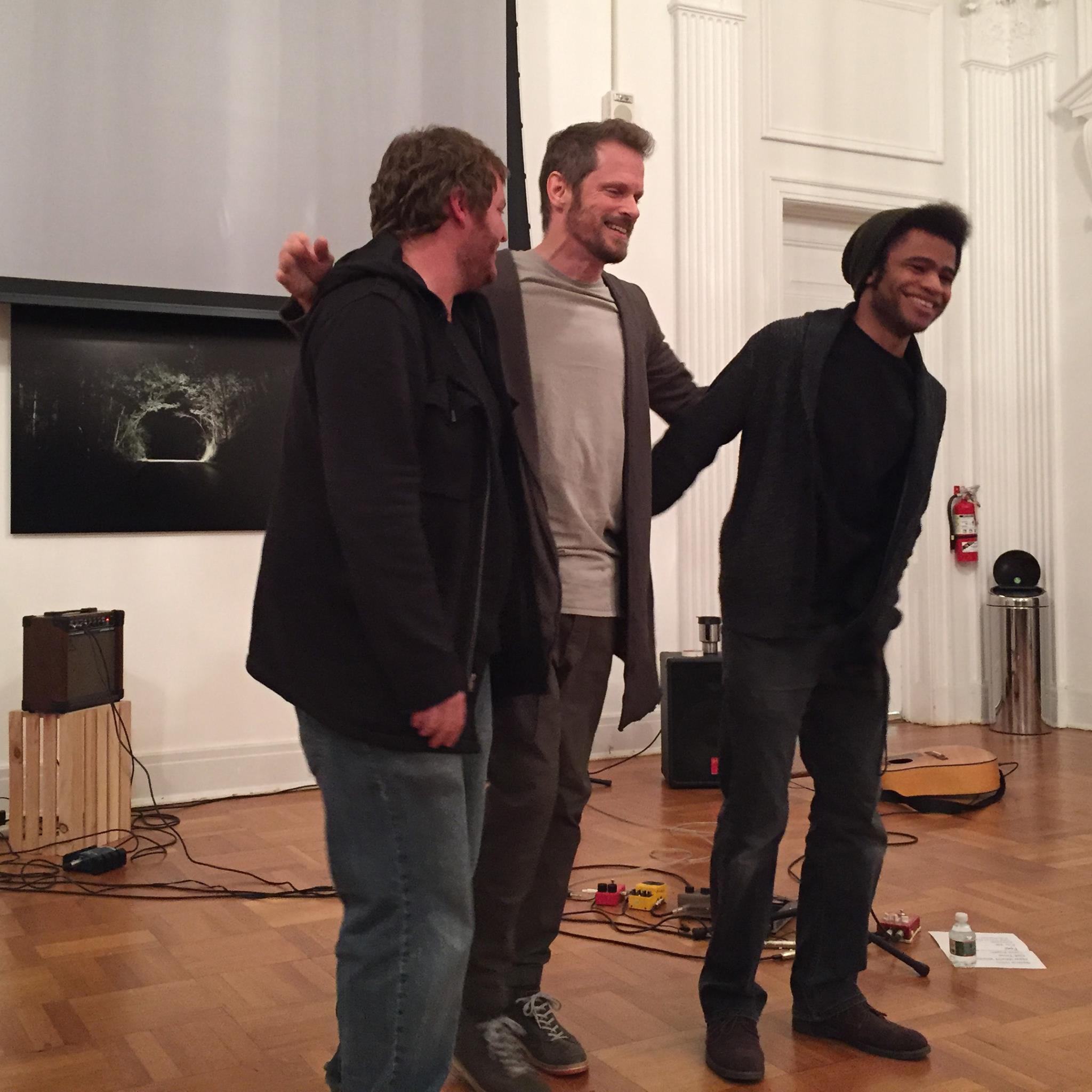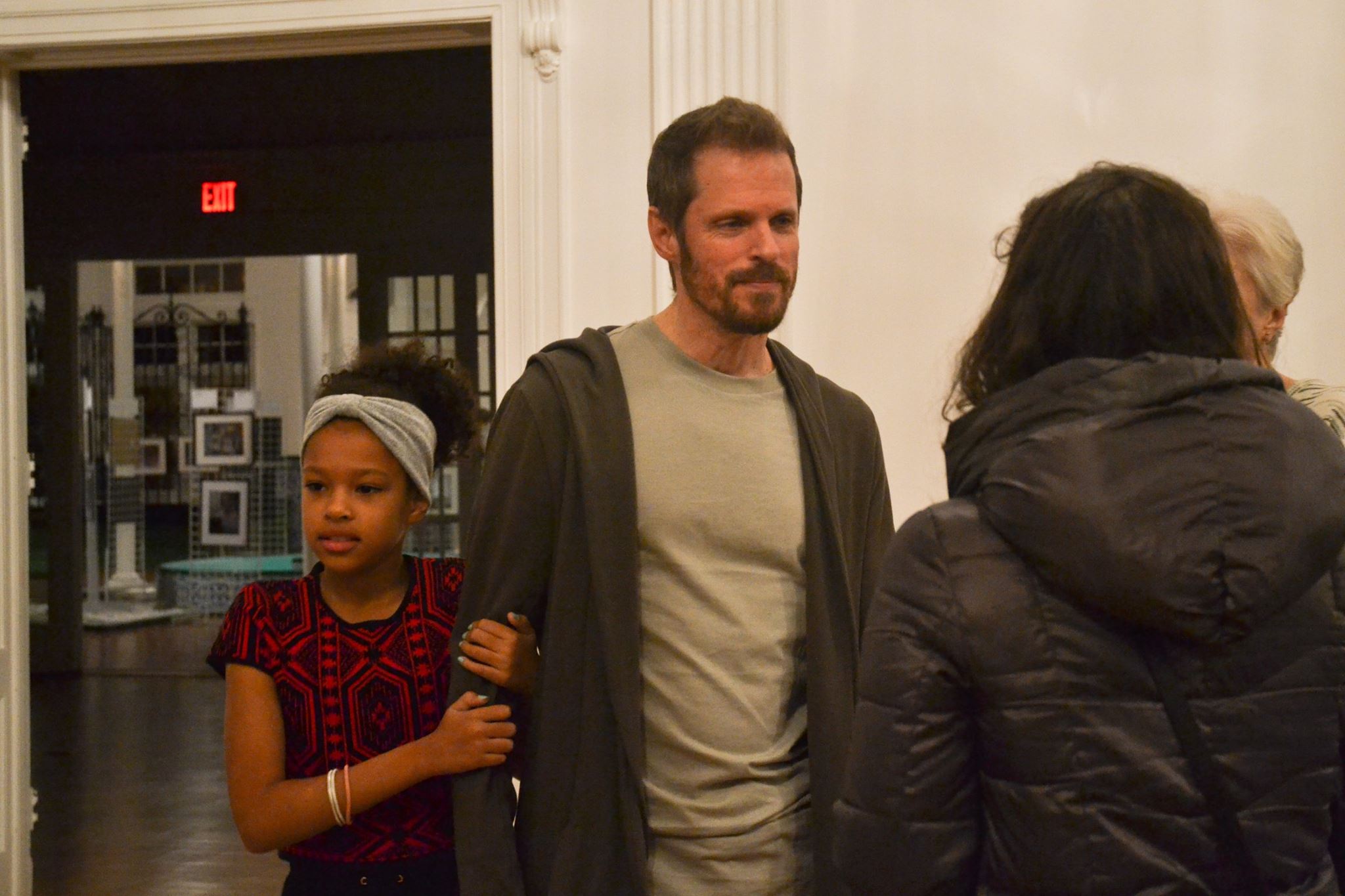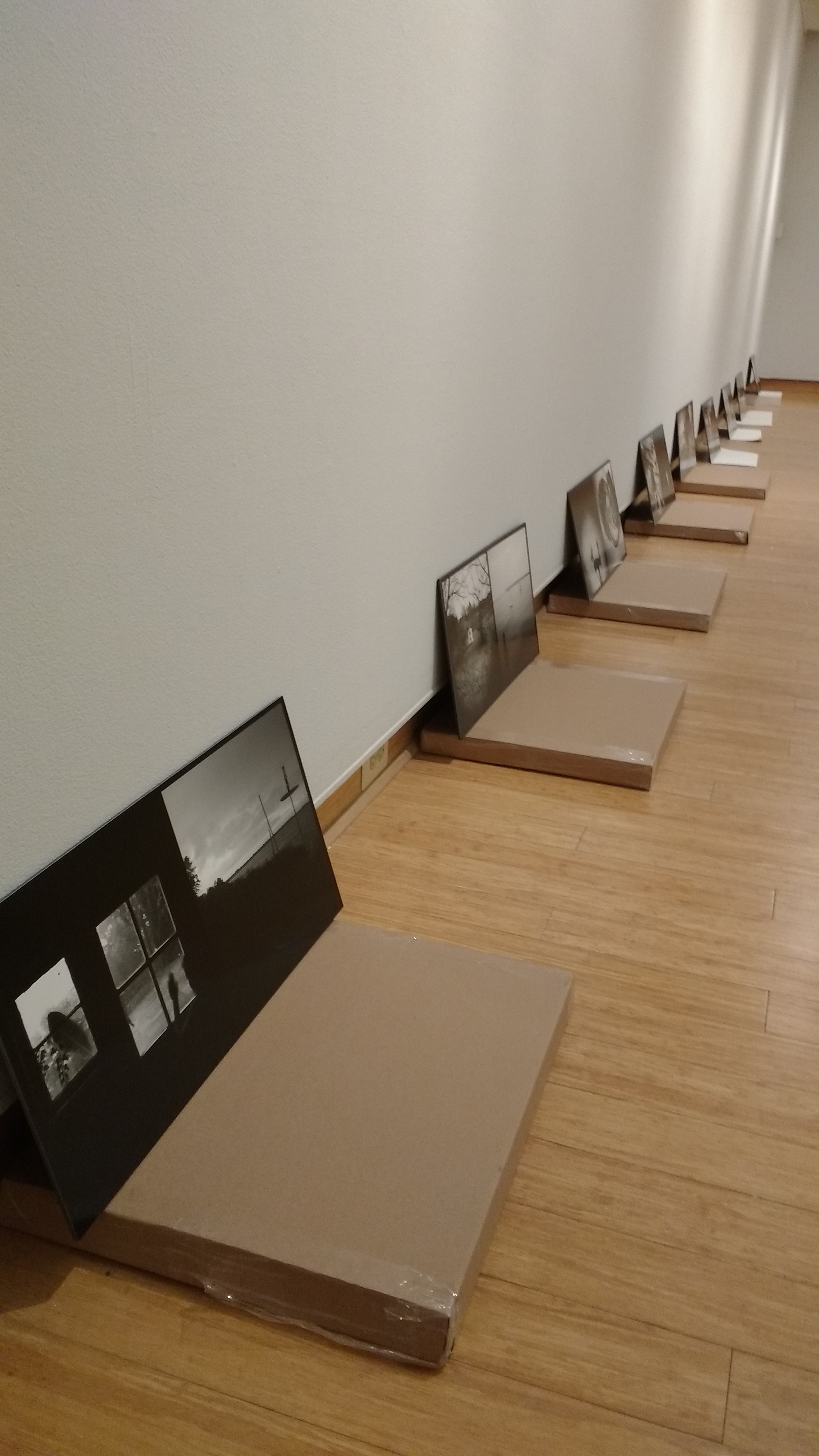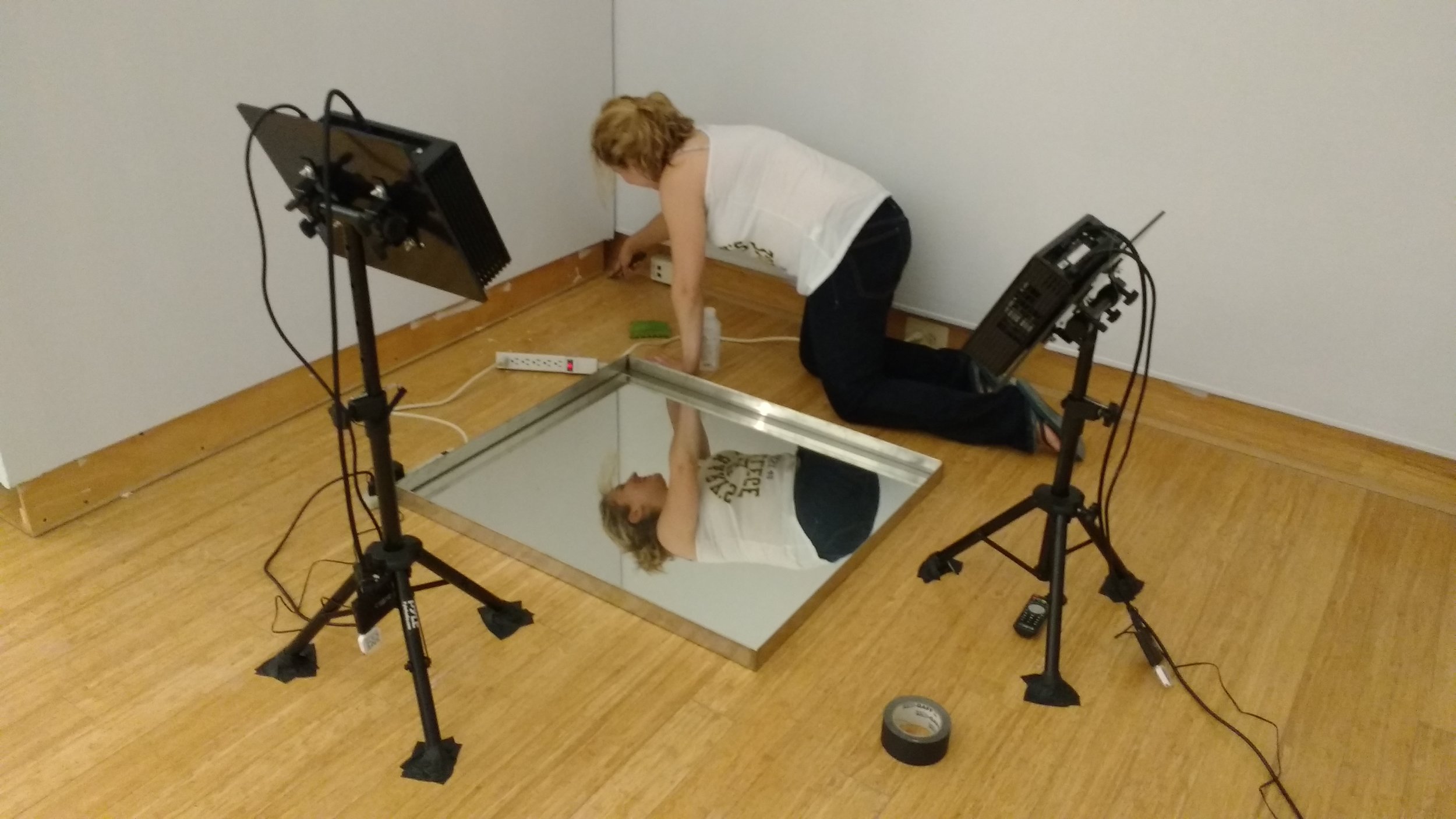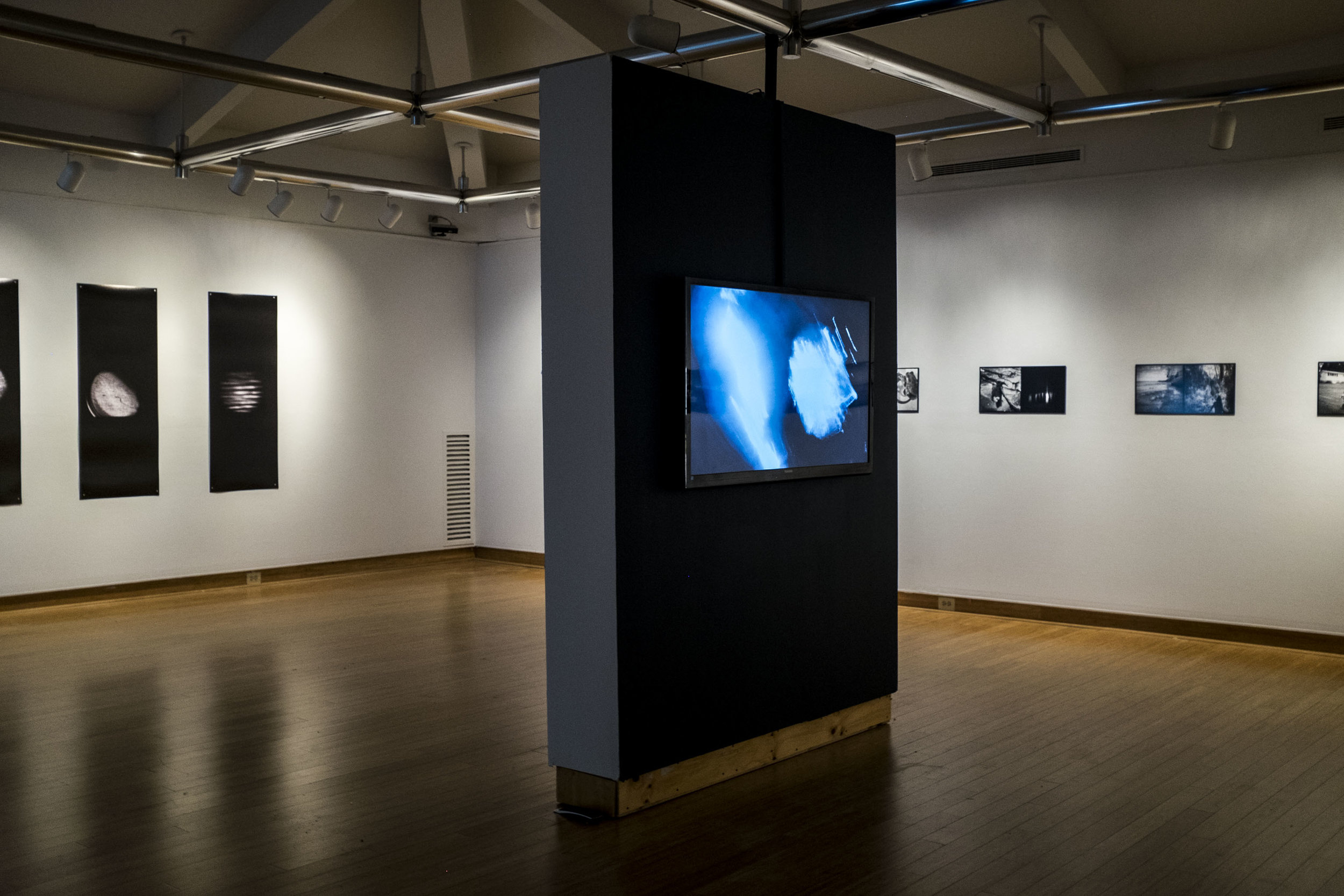Gabriela Bulisova and Mark Isaac
Most of our days in Slovakia are spent in the far south in the hometown of Gabriela’s mother, Chl’aba. But each year we journey three and a half hours to the north to visit the national parks of Slovakia. Most often, that means a trip to the Tatra Mountains, an extraordinarily tall and beautiful range of mountains. Or really two ranges. The High Tatras straddle the border with Poland and rise above the treeline, often requiring rock scrambling or holding chains to reach the tallest peaks, like that of Krivan, which is the national symbol of Slovakia. The Low Tatras, majestic in their own right, form a parallel range further south, across a beautiful valley of small villages. These are a bit more human in their scale, but the highest peaks are also rocky, cold, and desolate.
Photographing the landscape is perhaps one of our most difficult challenges. The dilemma, quite simply put, is how to portray the natural world in a way that isn’t immediately recognizable and therefore easy to dismiss. In a year when more than 1.3 trillion photographs will be taken around the world, this is a problem for photography in general. But photographers like Penelope Umbrico have already called attention to the incredible glut of repetitive landscape photographs that become almost indistinguishable from each other. Thus, we need innovative strategies that don’t immediately register and that cause the viewer to take another look.
Atlantika Collective worked hard to develop an alternative aesthetic in our ongoing joint work on the Chesapeake Bay Watershed, which is accessible here: http://atlantika-collective.com/gallery/. The two of us have also shared experiments from the banks of the Danube River in Chl’aba here: http://atlantika-collective.com/blog/2017/8/6/red-and-blue-days-experiments-on-the-banks-of-the-danube. Given that we are soon to be located near the Black Sea and several major rivers in Ukraine, you can expect interpretations of the water in Eastern Europe as well.
But in the Tatras, we turned our attention to the trees. The Tatras are home to expansive forests, dominated by Norway Spruce, that have suffered from repeated calamities in recent years. In 2004, huge sections of the national park was hit by a massive windstorm that toppled more than 30,000 acres of trees. Since that time, there has also been an outbreak of bark beetle disease in the forests. And sadly, it seems that some are using these natural disasters as an excuse to log perfectly healthy trees in the national parks, an outrageous outcome that is apparently tolerated by Slovak policy.
On this latest trip, which included day-long hiking trips through the Western part of the High Tatras, we encountered much beauty but also many toppled and diseased trees, along with ample logging. We experimented with different ways of depicting both the beauty and the calamity facing this ecosystem. A few of our experiments are included here, and we invite your comments on whether these images may inspire what we felt: inspiration from sweeping natural beauty, grief from the devastating losses accelerated by humans, and hope that the landscape may still be able to recover if we intervene in time and in proportion to the crisis.


